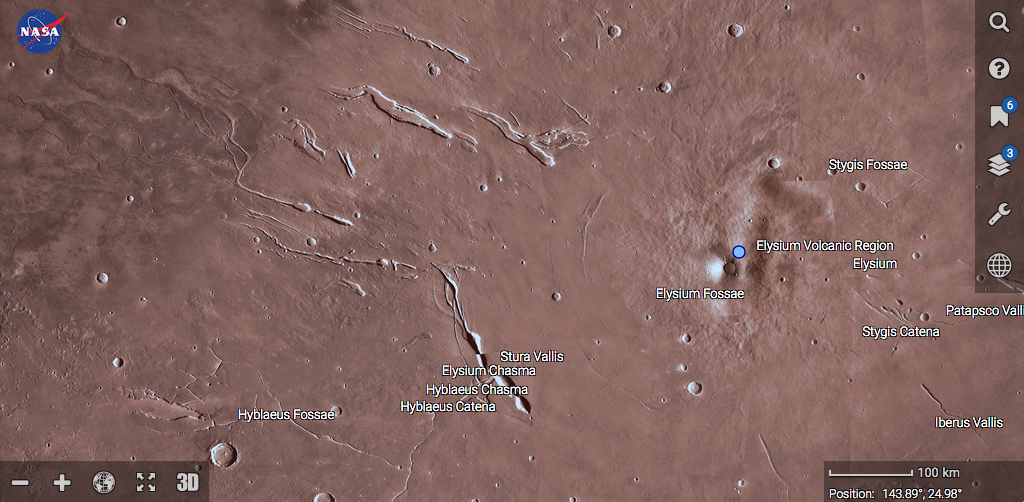Elon Musk e la colonizzazione di Marte in dettaglio
Su New Space si possono leggere le linee guida dell'ambizioso progetto di Elon Musk per colonizzare Marte con costi e tempi ragionevoli.
The rocket booster and the spaceship take off and launch the spaceship into orbit. The rocket booster then comes back quite quickly, within about 20 minutes. So, it can actually launch the tanker version of the spacecraft, which is essentially the same as the spaceship but filling up the unpressurized and pressurized cargo areas with propellant tanks... Then, the propellant tanker goes up anywhere from three to five times to fill the tanks of the spaceship in orbit. Once the tanks are full, the cargo has been transferred, and we reach the Mars rendezvous timing, which is roughly every 26 months, that is when the ship would depart... Over time, there were would be many spaceships. You would ultimately have upwards of 1,000 or more spaceships waiting in orbit. Hence, the Mars Colonial fleet would depart en masse.
[...] The threshold for a self-sustaining city on Mars or a civilization would be a million people. If you can only go every 2 years and if you have 100 people per ship, that is 10,000 trips. Therefore, at least 100 people per trip is the right order of magnitude, and we may end up expanding the crew section and ultimately taking more like 200 or more people per flight in order to reduce the cost per person. However, 10,000 flights is a lot of flights, so ultimately you would really want in the order of 1,000 ships... it would take 40–100 years to achieve a fully self-sustaining civilization on Mars.


